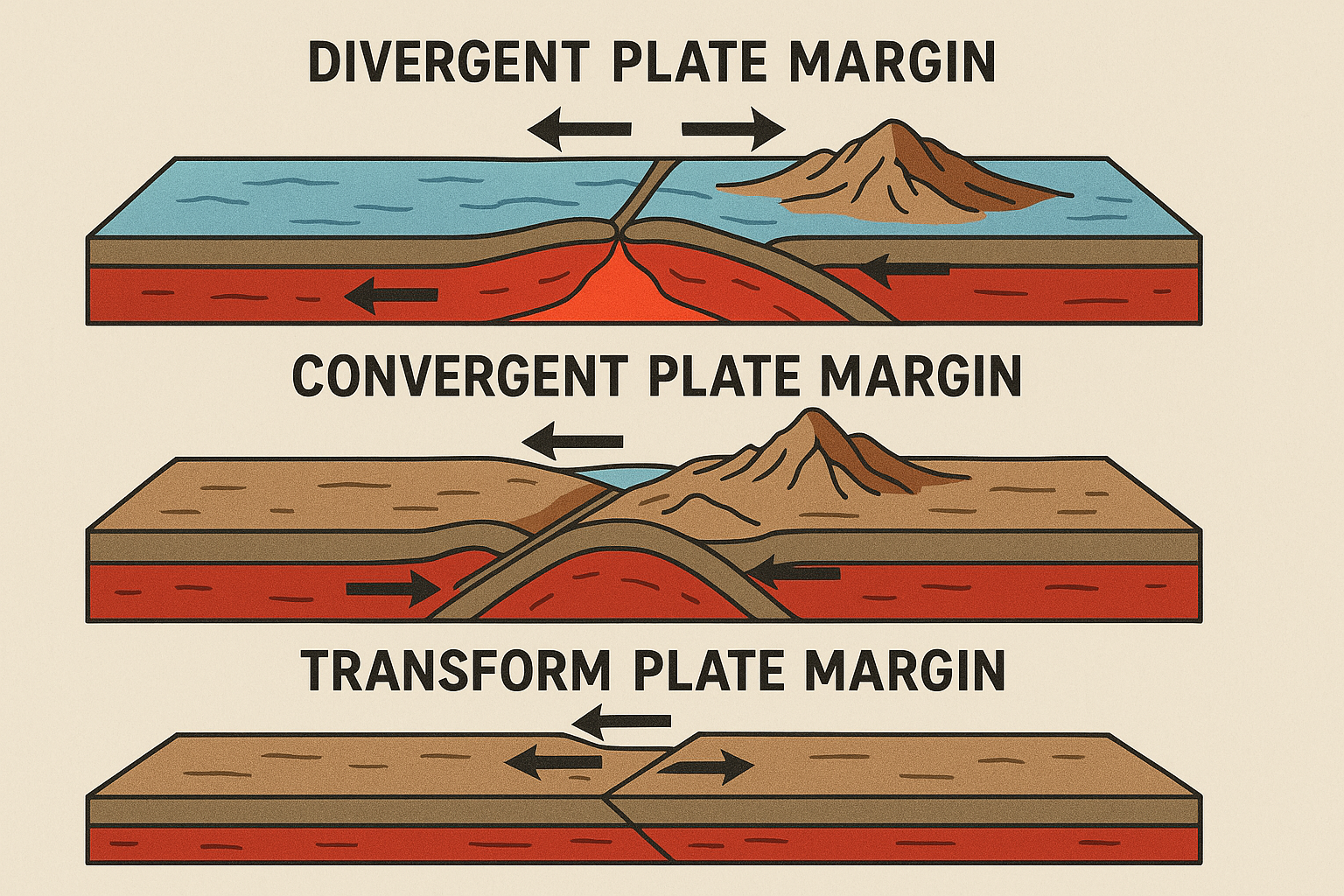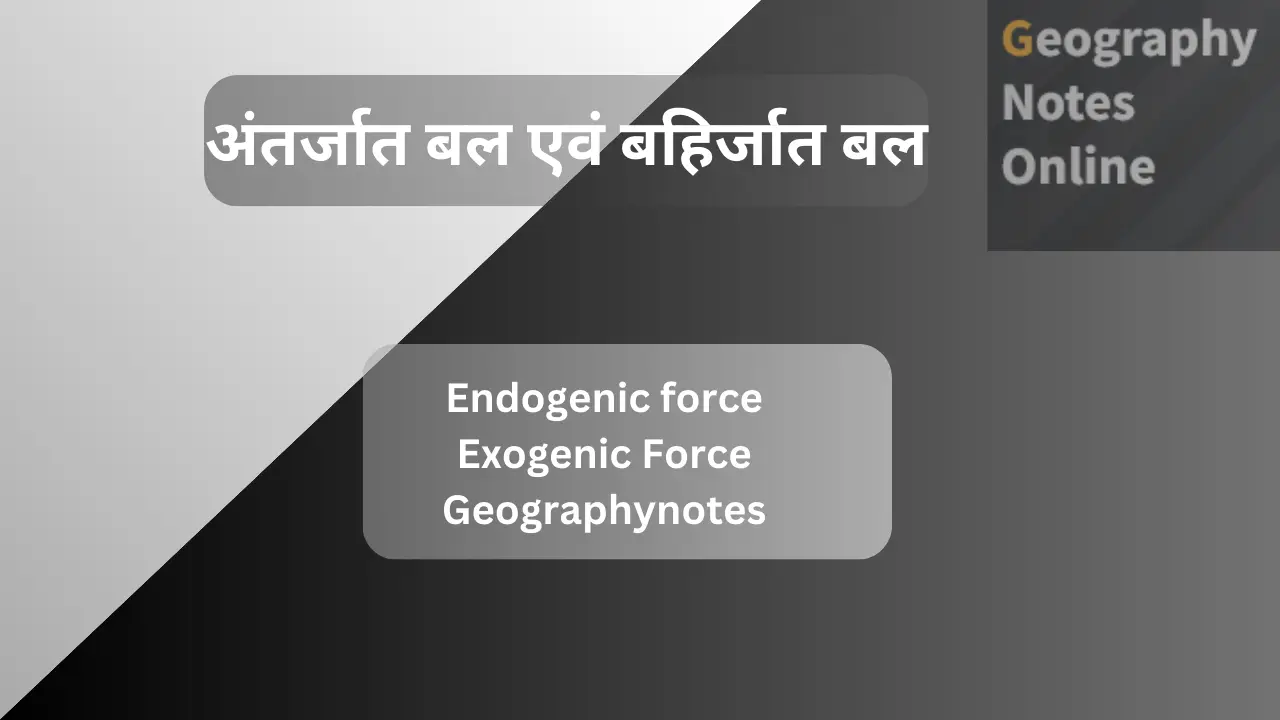Table of Contents
Internal Structure of Earth | पृथ्वी की आंतरिक संरचना से तात्पर्य पृथ्वी की सतह से उसके केन्द्र तक लंबवत संरचना से है। भूगोलविदों एवं भूवैज्ञानिकों नें पृथ्वी की आंतरिक संरचना को मुख्य रूप से तीन भागों में बांटा है।

Internal Structure of Earth | भूपर्पटी (crust)
Internal Structure of Earth | यह ठोस पृथ्वी का सबसे बाहरी भाग है। यह बहुत भंगुर (Brittle) भाग है जिसमें जल्दी टूट जाने की प्रवृत्ति पाई जाती है। भूपर्पटी की मोटाई महाद्वीपों व महासागरों के नीचे अलग.अलग है। महासागरों में भूपर्पटी की मोटाई महाद्वीपों की तुलना में कम है। महासागरों के नीचे इसकी औसत मोटाई 5 कि0 मी0 है| जबकि महाद्वीपों के नीचे यह 30 कि0 मी0 तक है। मुख्य पर्वतीय शृंखलाओं के क्षेत्रा में यह मोटाई और भी अधिक है। हिमालय पर्वत श्रेणियों के नीचे भूपर्पटी की मोटाई लगभग 70 कि0मी0 तक है |
Internal Structure of Earth | मैंटल (Mantle)
Internal Structure of Earth | भूगर्भ में पर्पटी के नीचे का भाग मैंटल कहलाता है। यह मोहो असांतत्य से आरंभ होकर 2,900 कि0 मी0 की गहराई तक पाया जाता है। मैंटल का ऊपरी भाग दुर्बलतामंडल कहा जाता है। ‘एस्थेनो’ शब्द का अर्थ दुर्बलता से है। इसका विस्तार 400 कि0मी0 तक आँका गया है। ज्वालामुखी उद्गार के दौरान जो लावा धरातल पर पहुँचता है, उसका मुख्य स्त्रोत यही है। भूपर्पटी एवं मैंटल का ऊपरी भाग मिलकर स्थलमंडल कहलाते हैं। इसकी मोटाई 10 से 200 कि0 मी0 के बीच पाई जाती है। निचले मैंटल का विस्तार दुर्बलतामंडल के समाप्त हो जाने वेफ बाद तक है। यह ठोस अवस्था में है।
क्रोड (Core)
जैसा कि पहले ही इंगित किया जा चुका है कि भूकंपीय तरंगों ने पृथ्वी के क्रोड को समझने में सहायता की है। क्रोड व मैंटल की सीमा 2,900 कि0मी0 की गहराई पर है। बाह्य क्रोड तरल अवस्था में है जबकि आंतरिक क्रोड ठोस अवस्था में है। क्रोड भारी पदार्थों मुख्यतः निकिल व लोहे का बना है। इसे निफे परत के नाम से भी जाना जाता है।





